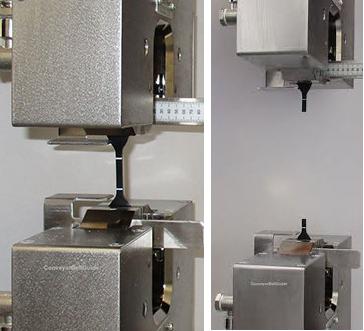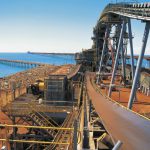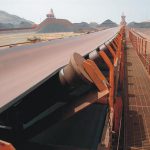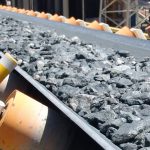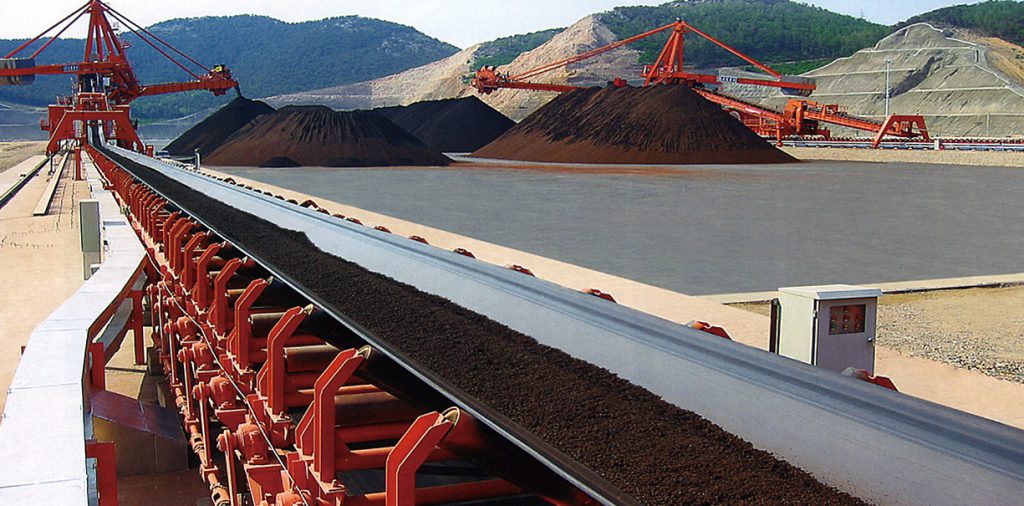The characteristics of the carcass material of the heat-resistant conveyor belt
The conveyor belt carcass material is divided into:
(1) Natural fibers, such as cotton, hemp wool, silk, asbestos fiber, etc.;
(2) Chemical fibers, such as viscose fiber, acetate fiber, nylon (nylon), polyester (polyester), vinylon, polypropylene, acrylic, etc.;
(3) Glass fiber;
(4) Steel cord (rope).
1.Cotton fiber has shortcomings such as low strength and short service life, but it has low thermal shrinkage, good dimensional stability, good water absorption, and good adhesion to rubber;
2.The viscose fiber has high strength, good dimensional stability and heat resistance;
3.Nylon fiber has high strength, good fatigue resistance and impact resistance, but large heat shrinkage;
4.EP Polyester fiber has better heat resistance and dimensional stability than nylon fiber, has the advantages of high strength, corrosion resistance, long service life and high bonding strength, but it is easy to amination, high heat generation and high cost;
5.Although vinylon fiber has good adhesion to rubber, high strength and good dimensional stability, it is difficult to produce and operate (hard) due to poor heat and humidity resistance and fatigue resistance.
6.The steel cord material has high strength, stable size, and good heat and flame resistance.
In order to give full play to the characteristics of various materials, there are different structural carcass materials for blending and warp and weft, such as polyester cotton, EP, etc., polyester cotton fabric is made by adding a small amount of polyester filament to the warp of the cotton fabric. EP dipped fabric is made of low-shrinkage polyester industrial yarn as the warp, nylon 66 industrial yarn as the weft yarn and woven into fabric, and then dipped twice.
The dipped EP fabric produced with special process low-shrinkage polyester industrial yarn as the warp has a dry heat shrinkage rate of less than 1.5%, which is similar to the dry heat shrinkage rate of cotton fabric about 1%, and is widely used as the core material of conveyor belts.
In addition, the use of high temperature resistant polyester nylon dipped fabric (EP dipped fabric) to produce heat-resistant conveyor belts can also reduce the number of layers of carcass materials, reduce the manufacturing cost of the conveyor belt and the consumption of transmission power.
Therefore, high temperature resistant polyester nylon dipped fabric (EP dipped fabric) to replace cotton fabric, polyester-cotton fabric to make heat-resistant conveyor belts is the development direction.

Tags: EP conveyor belt,Heat resistant conveyor belt

